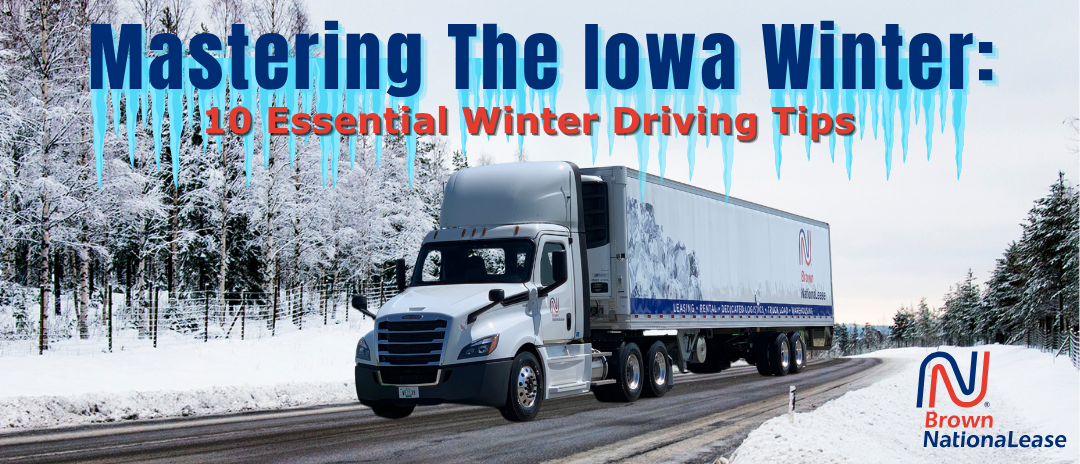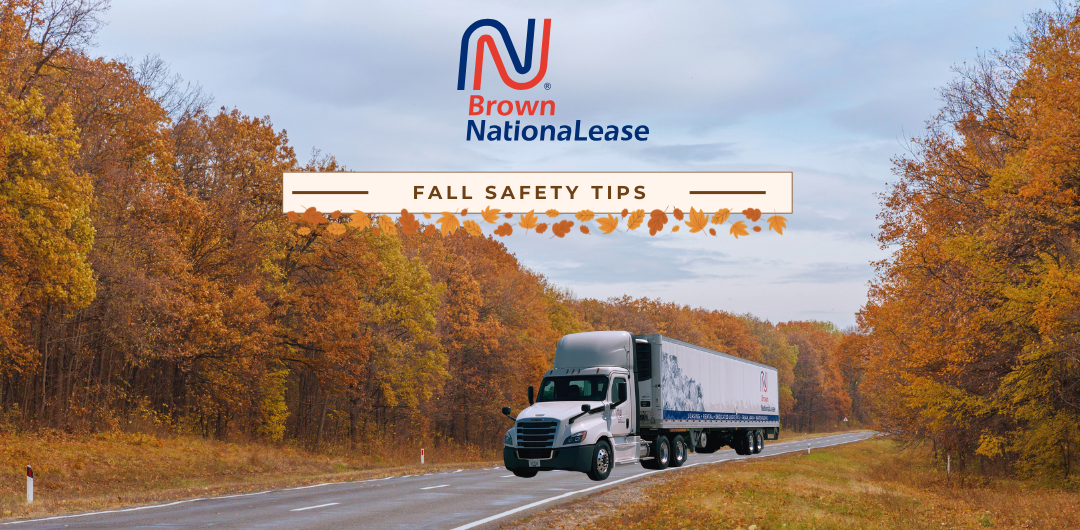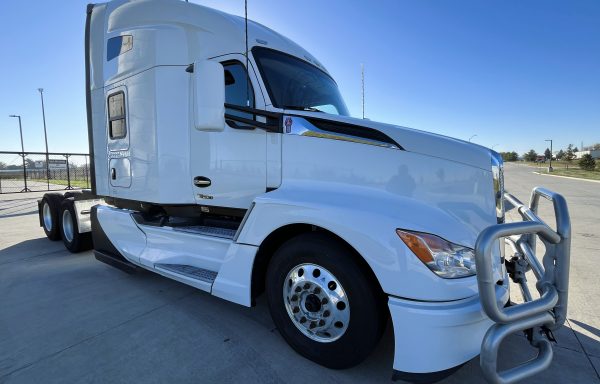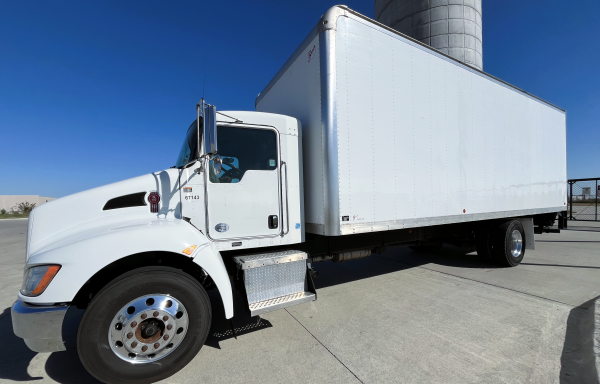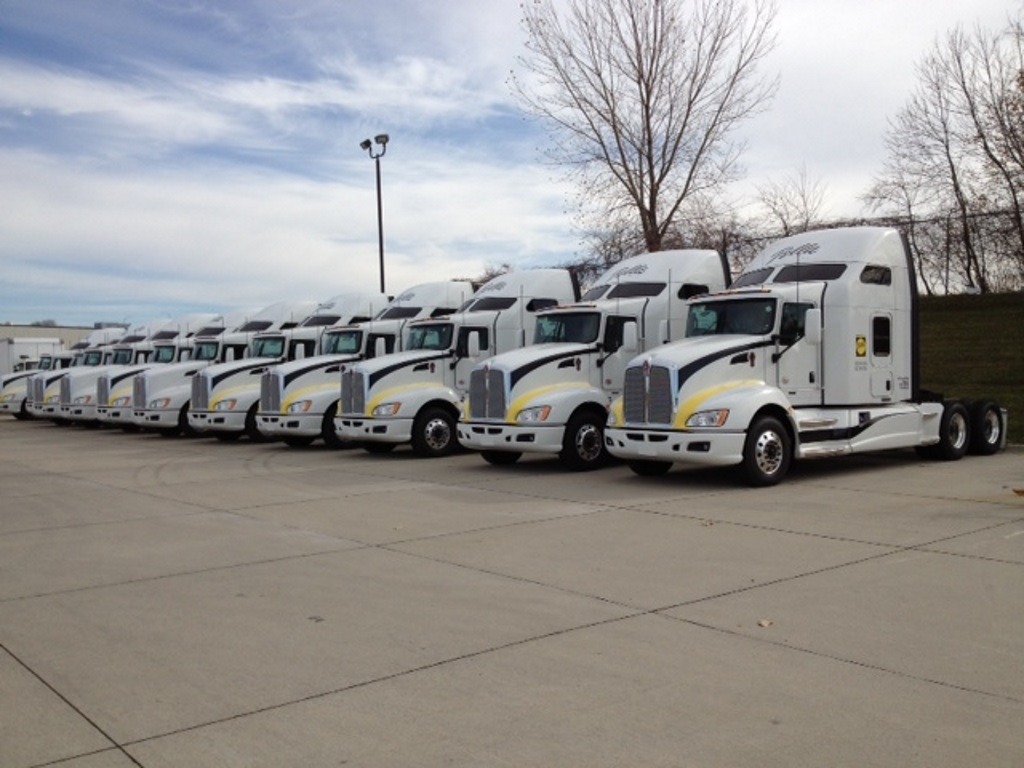Winter driving demands heightened awareness and preparation, especially when operating large commercial vehicles (and even personal vehicles). When the weather gets severe, being prepared is the key to avoiding being stranded for extended periods of time.
We’ve compiled 11 essential winter weather tips to help you stay safe, informed, and on schedule during the most challenging months of the year.
Before You Hit the Road: Preparation and Inspection
1. Check the Weather Forecast
Stay informed about the weather conditions along your entire route, checking for snow, ice, wind, and extreme cold warnings. Plan your trip accordingly, and always be prepared and alert for challenging weather.
2. Inspect Your Vehicle Thoroughly
Conduct a full inspection before starting your journey. Check the tires, brakes, lights, fluids, and heating system to ensure everything is in good working order. Cold temperatures can make fifth wheels slow to close, so always visually inspect for a proper connection along with performing a tug test.
3. Pack Emergency Supplies
Carry a comprehensive emergency kit. Essentials include:
-Extra blankets, warm clothing, hand warmers
-Non-perishable food and water
-Flashlight, batteries, and first-aid kit
-Portable phone charger, battery bank
Being prepared for unexpected situations is crucial in the winter months.
4. Maintain Proper Tire Pressure
Cold temperatures can cause tire pressure to drop. Keep your tires properly inflated for better traction. Ensure all brakes release and ALL tires are moving freely, which includes all trailer wheels.
5. Plug in Trucks
Allow your truck to warm up before driving. This ensure fluids are flowing properly and the engine is operating at its optimal temperature, as cold can affect performance. Utilizing an engine block heater is highly recommended. This practice helps ensure the engine starts quickly and prevents vital fluids from thickening or freezing in severe cold. Be sure your truck is plugged in after your shift is over to assist with cold starts. It is important to ensure your engine block heater is in proper working order
6. Fuel Additives
Keep your fuel tank full and treated. Remember to put additives in when you are fueling, not after, for maximum effectiveness. If you are fueling with us here at Brown, we treat the fuel for you.
On The Road: Driving and Communication
7. Slow Down and Increase Following Distance
Roads can be slippery in extreme cold, and visibility may be reduced. Reduce your speed and increase your following distance to allow yourself more time to react to changing and potentially severe road conditions.
8. Stay Informed About Road Conditions
Use real-time traffic and road condition updates to stay informed about closures, accidents, or other issues along your route. This information can help you plan alternate routes if necessary. Always check these conditions before beginning your drive. While on the road, maintain your hands-free commitment and rely on your GPS display. Also, be aware that if tow bans are in place along your route, help may not be available if you slide off the road (Tip #3).
9. Take Breaks to Avoid Fatigue
Driving in challenging cold condition requires heightened concentration, and can be physically demanding. Take regular breaks to rest and warm up, as fatigue can negatively impact your reaction time.
10. Communicate with Dispatch
Keep open communication with your dispatch or company. Inform them about your location, the weather conditions, and any challenges you may be facing to ensure support is available if needed.
Please follow all of these measures and use good common sense as the weather gets severe. Stay safe out there!
-Brown Nationalease


